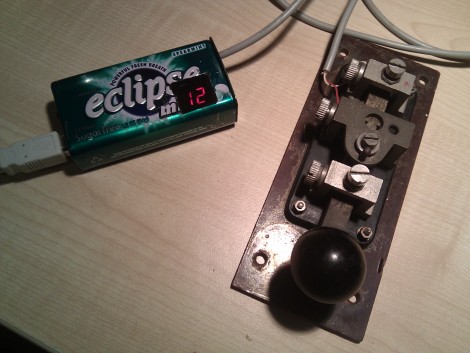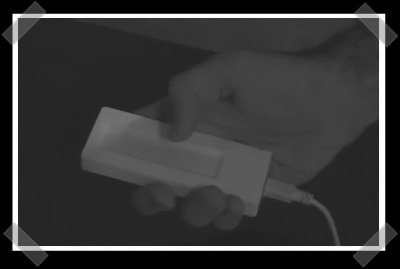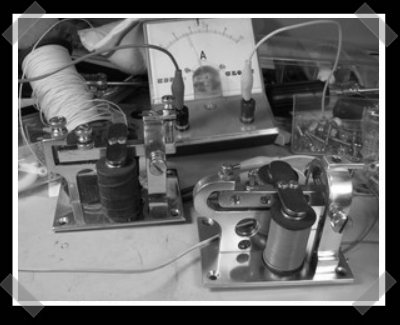
Host of the Soldersmoke podcast, [Bill Meara], contributed this guest post.
While the rest of the world is moving toward high speed broadband, some hams—including one Nobel Prize winner—are going in exactly the opposite direction. Our ‘QRSS’ mode makes use of an unusual mixture of modern digital signal processing (DSP), ancient Morse code, and simple homebrewed transmitters. Very narrow bandwidth is desirable because this reduces the noise in the radio communication channel, greatly improving the S/N ratio. But Shannon’s communication theory tells us that narrow bandwidth comes with a cost: slow data rates. In QRSS, beacon transmitters using only milliwatts churn out slow speed Morse ID signals on 10.140 MHz that are routinely picked up by DSP-based receivers on the other side of the globe. Many of the receivers, ‘grabbers’, have visual outputs that are available online in real time. QRSS has been getting a lot of attention on the Soldersmoke podcast and on the Soldersmoke Blog. For more information check out this overview and the hardware involved. Here’s a gallery of received signals.














